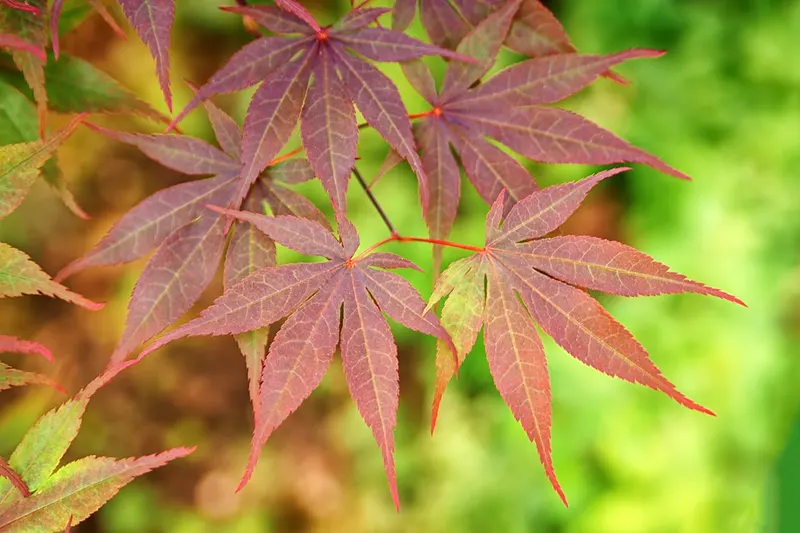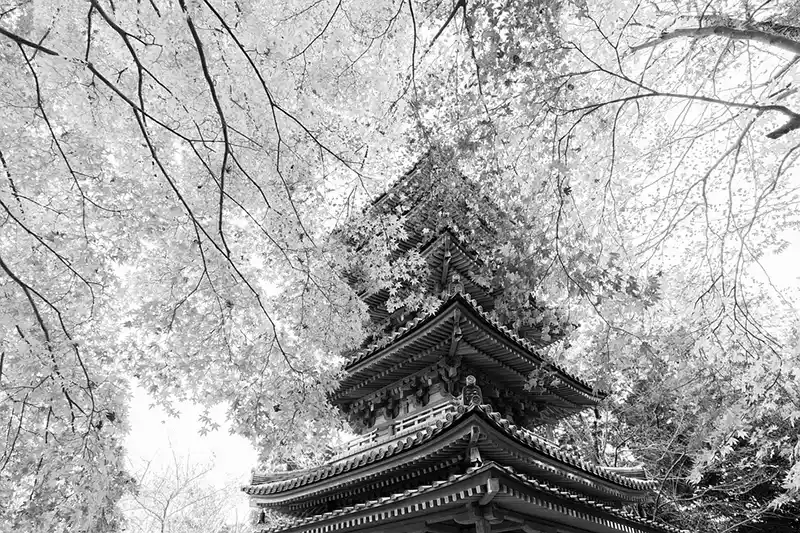How To Care for Your Japanese Maple Bonsai Plant in Winter
Bonsai of Japanese Maple (Acer Palmatum) are all quite popular. However, a bonsai assortment isn’t sufficient without even a Japanese maple. The fascinating climate patterns with extremely fine splitting and the beautiful foliage of many types (particularly in fall) are worth acknowledging.
It’s crucial to remember that such a bonsai plant prefers a cool, somewhat shaded site in the summertime when it comes to bonsai maintenance. In addition, a windbreak must be used to preserve a miniature tree’s delicate limbs from withering out in the winter (e.g., foil tent, wind-protected corner outdoors, or an unheated greenhouse). Here’s how to care for your Japanese Maple bonsai in winter.
How to Take Care of Japanese Maple in Winter
Japanese Maples appear to be well suited to container gardening. Maintain the soil wet but not soggy, and supplement it with a sluggish fertilizer or liquid meal in the spring and autumn. Let’s look into more details about Japanese maples care.
Fertilize
During the cultivation period, you need a mineral fertilizer to provide a nitrogen-rich environment for the red maple pre-bonsai (nutrition salt N-K-P proportion 4:1:2 + MgO). As a result, they flourish well enough in 5l potted plants, 0.5–1 m each year, and mature quickly.
A bonsai must not be fertilized in the winter or the first four weeks following (co2) and any other greenhouse. Therefore, in both circumstances, the Japanese Maple cannot utilize fertilizer.
Watering
The Japanese maple bonsai likes its soil to be uniformly wet. The focus is on equals, which suggests don’t let it thin out and don’t submerge it on the other end. Before filling a tree sapling, it’s a smart option just to let the soil stop flowing a little. Sometimes in the winter, the Japanese Maple must not dry out entirely.
The bonsai substrate must be accessible to water and air to avoid underwatering. If the land is adequately drained in the summertime, this may be sprayed on many occasions. As a result, the quantity of water may be quickly drained.
Location
A bright to the somewhat shaded covered terrace is ideal in winter. Perfectly alright types should not be exposed to direct sunlight. Japanese maple shrubs do nicely in dappled shade. However, many red foliage colors turn brighter in the shadow as the plant produces more pigment, making them healthier.
Overwintering
The Japanese Maple would be a tough exterior bonsai, meaning it can withstand freezing temperatures of 0°C. A vapor barrier should be present to keep the fine limbs from drying up (for instance, a foil tent, an unheated greenhouse, or a sheltered outdoor corner). Monitor the soil for hydration in winter conditions and sprinkle if required.
Pests And Diseases
Aphids may invade the Japanese tree. In the event of a widespread infestation, just sprinkle with bug spray. Organisms aren’t a significant issue. Caterpillars and insects seldom consume the foliage. They must, however, be gathered effectively. The sensitivity of such Japanese maples to fungus is quite significant (Verticillium). It doesn’t occur very frequently, but it can be fatal to a Japanese maple tree. Keep an eye out for floppy leaflets that emerge from nowhere or whole limbs that die suddenly.
Because fungicide therapy is complicated, it must be avoided at all costs. For this reason, very clean manicure equipment should be used to prune Japanese maple bonsai. Root cuttings are also an option. When planting (for root trimming), you’ll need an old pair of bonsai shears because new ones wear out quickly and are no longer suitable for the top trim. In addition, the infestation is less likely if the incisions are sealed with scar solution.
Pruning
Pruning may be used to shape the Maple into a shrub. The bonsai plant’s periodic trimming, architectural pruning, and even pinching take place.
Structural attempting to cut: Damaged limbs and branches that aren’t required for the design are trimmed yearly. Using a strong bonsai curved cutter, trim the stems directly on the skin. The fundamental cut could be regarded as the beginning of winter.
Bonsai Pots
Patterned bonsai pots are ideal for red maple trees, which have brightly colored foliage. Because Japanese maples are tough, handcrafted bonsai containers must be as ice-resistant as feasible. According to our observations, the winter resistance of the inexpensive bonsai pots (designed for indoor horticulture) is greater than 100%.
Bonsai containers that aren’t coated are typically less suited. If the color is not coated, it ought to be light. Containers for giant bonsai may be found beneath giant bonsai containers.
The slightly curved crown of a Japanese maple tree fits perfectly into an elliptical bonsai container. Rectangular containers are rarely appropriate. You’d choose a rectangle bonsai pot with a big circle if it’s meant to become a rectangle bonsai container. Bonsai containers that are flat and spherical can also be used. Mainly since the root base of red maple bonsai is frequently fairly flat. Since a Japanese maple must not be kept in the house, drip pans aren’t required.
During winter, you need to ensure that the container remains warm so the soil doesn’t succumb to frost.
Conclusion
While the Japanese Maple is an outstanding tree, it needs specific care in the winter to ensure that it doesn’t die. We hope this guide has given some indication of those needs during that time.







